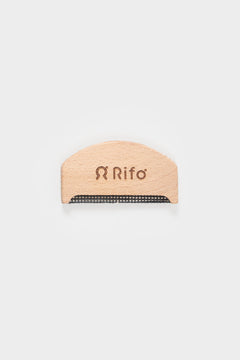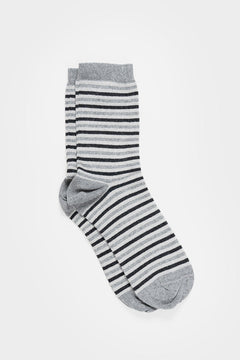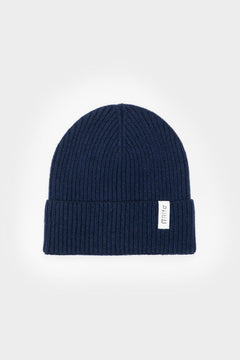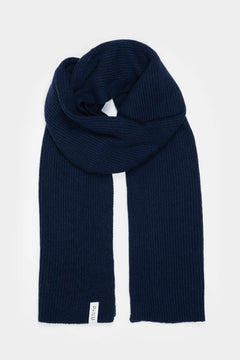Wool and cotton are two of the most used materials to give life to our clothes.
There are many differences between them, unfortunately most people aren't aware of.
Starting from their composition, to their use and their impact on our lives.
This is why with the coming of sustainable fashion new fabrics were born, like upcycled wool and upcycled cotton.
If you are not so skilled in this field but you'd like to learn more, you are in the right place.
Now we'd like to deepen this theme with you.
Let's discover together all you have to know about wool and cotton, especially about their differences.
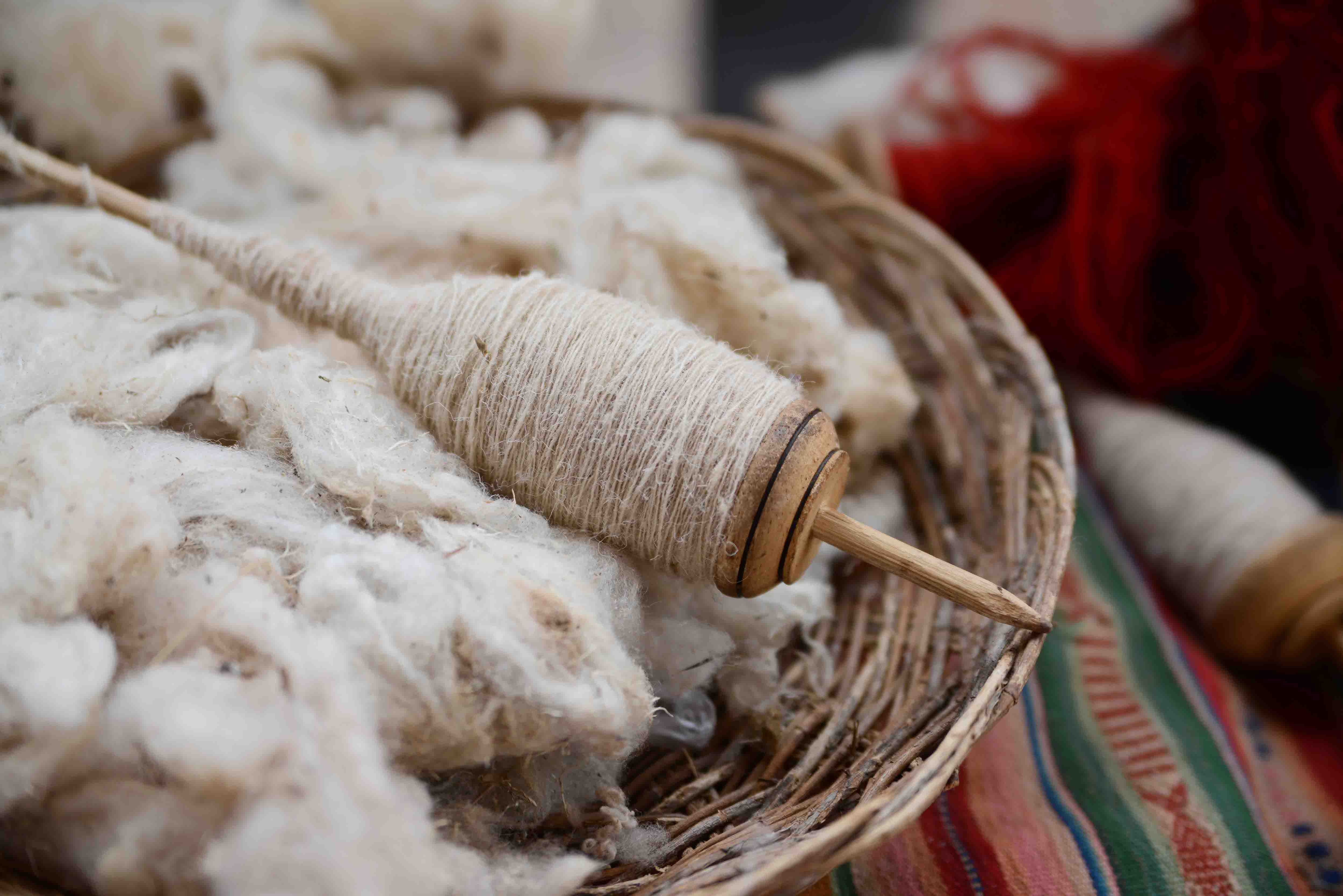
Which are the differences between virgin wool and cotton
The main difference between these two fabrics its their origin.
Cotton has a vegetal origin.
It comes from a plant that belongs to the Mallow family, cultivated in tropical areas.
This plant's seeds, once they are ripe, start to cover themselves with white balls. The processing of these let us obtain cotton.
Wool instead, has an animal origin. We obtain it by spinning the wool of animals like sheep, goats, rabbits, camels and alpacas.
Origin is not the only important difference between these two materials.
You must know, in fact, that wool has a longer fiber: when it becomes shorter it is possible maintaining it pure without the need to contaminate it with other fibers.
While cotton fiber is shorter, and this means that, when recycled, it needs to be strengthen.
Normally this process requires the use of more fibers: the result is fabric contamination.

What are upcycled wool and cotton
Until a few years ago, speaking about pure wool and cotton meant the maximum of quality. With years passing by the increase of consciousness from world's population towards sustainability and environmental impact let an incredible change in the textile industry.
Sustainable fashion has become a social commitment and now it has become more common to heard about upcycled wool, cashmere and cotton.
But what does that mean?
Upcycled wool is a material obtained thanks to the processing of old clothes or processing waste. The process that let this to happen is called upcycled cycle. Here old rugs are processed to give life to a completely new fabric that has the same quality of as the pure one.
Even for upcycled cotton we can say the same things. A textile that is created thanks to the process of processing waste and, in this case, with the addition of polyester, obtained by recycling plastic bottles.
Jeans is a separated case. Its cotton is more resistant and this makes it possible to give life to a product, a sweater, composed almost totally by 100% cotton.
Wearing upcycled wool and cotton is fundamental. It let us save huge quantities of water, recycle plastic bottle, reduce CO2 consumes giving a big hand to the safeguard of the planet.
Our products
In many cases, when wool and cotton are being upcycled, there are fibers coming from seams and labels used by brands. These are synthetic fibers, so they are very different from the traditional ones. The result is the contamination of the fabric.
Here at Rifò, during the upcycling process both of wool and cotton, we use the same fibers and, most of all, natural materials.
This way we avoid the contamination and we maintain the fabric 100% pure.
An example is the choice of the materials that help us to strengthen the cotton fiber: the natural one with which we make beach towels and shawls. The result is a product composed by upcycled cotton, pure and not contaminated.
For our fall/winter products we have used both wool and cotton.
We have cashmere wool ponchos, cashmere gloves, cashmere socks, cashmere blankets, cashmere sweaters and cashmere scarves that are made of the majority of upcycled cashmere and a little part of upcycled wool.
At the same time we have a fresher collection like the upcycled jeans sweater, or upcycled cotton t-shirts, beach towels and shawls.
As you can see, in both of the cases the fabrics are completely pure: we never use other materials. In this way we can give life to a sustainable, circular and eco product.
All of this can happen still maintaining an high quality level and a strong focus on style and aesthetic.
Conclusions
Here we are at the end of this article.
We've discovered together which are the main differences between these two materials and, most of all, how sustainable fashion is making giant steps, thanks to the use of upcycled cotton and wool.
Reusing old waste is the only option possible but this doesn't mean to wear low-quality clothes. As you see, here at Rifò we manage to care about the environment and at the same time to give life to high-quality products.
What are you waiting for? Have a look at our shop and choose the perfect garment for you!

